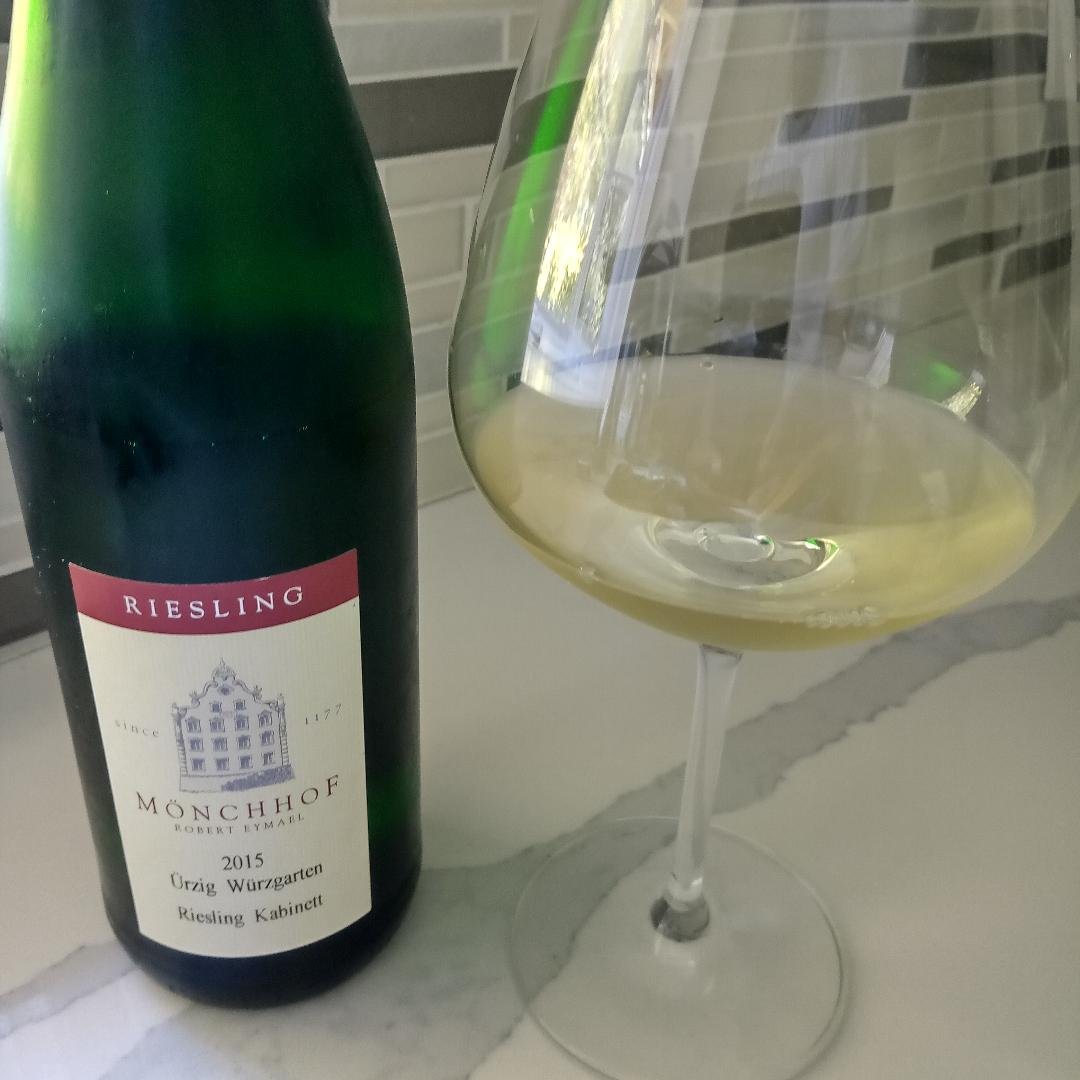With Christmas around the corner we put together a list of some of our favorite wines for the holidays. The Federal Reserve’s aggressive interest rate hikes hasn’t slowed the uptick in wine prices. It can be fairly easy to blow up your wine budget with just one or two bottles of splurge purchases. Most of the wines on our list can all be had for under $35. Searching for one wine that pleases everybody is a fools errand. It’s invariably better to select a variety of wines, open them all at once and let your guest choose what they would like to drink. There are plenty of wines here to please even your most finnicky guests. Thanks for listening to our podcast and Happy Holidays.
2019 Château Vitallis Pouilly-Fuissé Vielles Vignes - Father and son team Denis and Maxime Dutron use Chardonnay from their oldest parcels, some as old as 85 years of age to craft this beautiful White Burgundy. 100% Chardonnay, natural fermentation, left on the lees for a year, 70% stainless steel the rest in barrel. Taut and mineral, with green apple and grapefruit. A distinctive Macon that may bring the ABC (anything but Chardonnay) crowd back into the fold. $27
2019 Ramey Russian River Valley Chardonnay - In contrast to the former old world Chardonnay the Ramey’s make a 100% Chardonnay using a plethora of the old world techniques. Whole cluster pressing, native yeast barrel fermentation, lees aging, malolactic fermentation and light fining sans filtering. Baked apple and pear notes complement the layers of savory oak and baking spice. Beautifully textured and balanced. $38
2021 Joel Gott Sauvignon Blanc - A perennial crowd pleaser the grapes for this Sauvignon Blanc are sourced from all over California. Its style remains remarkably consistent from year to year. Ripe melon and white peach aromas jump out of the glass. Lemon and lime flavors work well with the clean mineral finish. $12
2020 Michel Delhommeau “Harmonie” Muscadet Sèvre et Maine Sur Lie - Michel and Nathalie Delhommeau farm the Melon de Bourgogne grapes for their Muscadet in the volcanic rich soils of the Loire Valley in northwest France. After fermentation the wine spends 5 months “Sur Lie” (in the tank on the lees). Lemon, apple, fresh and vibrant with a bracing minerality and tingling acidity on the finish. This Muscadet calls out for fresh oysters on the half shell and other light seafood dishes. $17
2021 Quivira Rosé Wine Creek Ranch - Cranberries, rhubarb and strawberries aromas compliment the zippy acidity of this 70% Grenache, 11%Counoise, 9% Mourvèdre, 5% Petite Sirah blend. Made with organically grown grapes. $20
2020 Concerto Reggiano Lambrusco - Most of us have never served a dry red sparkling wine. Here’s your chance to wow your guests. Concerto, made from 100% Lambrusco Salamino comes in an attractive bottle that is shaped like a bowling pin. The grapes are organically farmed. When poured into a glass you get a beautiful purple froth. Dark ruby red in color the wine taste of raspberry and strawberries with hints of licorice. It’s completely dry on the palate with a fresh zippy clean finish. Serve it slightly chilled not cold. $30
Frederic Magnien Crémant De Bourgongne Blanc De Noir - If you love Champagne but you need to watch your coins a bit more closely try exploring sparkling wines from other regions of France. French sparkling wines that use the traditional method and are made outside of the Champagne region are called Crémant. This 100% Pinot Noir from the Burgundy area can be served as an aperitif and also has the body and weight to be served throughout a meal. A light amber color, very fine bubbles, aromas of bing cherries and strawberry. Champagne quality without the sticker shock. $20
2019 Siduri Russian River Valley Pinot Noir - The consistency of the Siduri brand which was acquired by Jackson Family Wines several years ago continues unabated. Adam Lee may no longer be the winemaker but the assertive and beautiful Pinot Noir style he pioneered continues. Black cherry and spicy raspberry flavors on the palate, medium in length with good acidity. A very attractive entry level Pinot Noir. $30
2020 Bedrock Wine Co. Old Vine Zinfandel - Morgan Twain-Peterson crafts this deep ruby colored wine from old vineyards (some 100+ years old) throughout Sonoma County. Made with native yeast fermentation and aged in French and Austrian oak puncheons and foudres. In the glass black and red fruit, lavender and pepper aromas. On the palate black plums, a round texture with good acidity and length. Drink and enjoy this youthful Zinfandel now and do yourself a favor and save a few bottles for the next few years. $22
2019 Hess Collection Allomi Napa Valley Cabernet Sauvignon - This 79% Cabernet Sauvignon 9% Petite Sirah 5%Malbec 4% Merlot 3% Petit Verdot blend comes from the Allomi vineyard in Pope Valley of northeast Napa Valley. Black and blue fruit, tobacco and oak lead the way for this seemlessly integrated full bodied red. A cushy textured mouthfeel with a long finish. $30
2019 Obsidian Ridge Lake County Cabernet Sauvignon - 94% Cabernet Sauvignon 2% Petit Verdot 2%Malbec 1% Petite Sirah 1% Syrah. Grown in the volcanic rich soils of the Red Hills of Lake County the wine is aged for 18 months in Hungarian oak barrels. Black fruit, black cherry and vanilla, full bodied and tannic. $35




